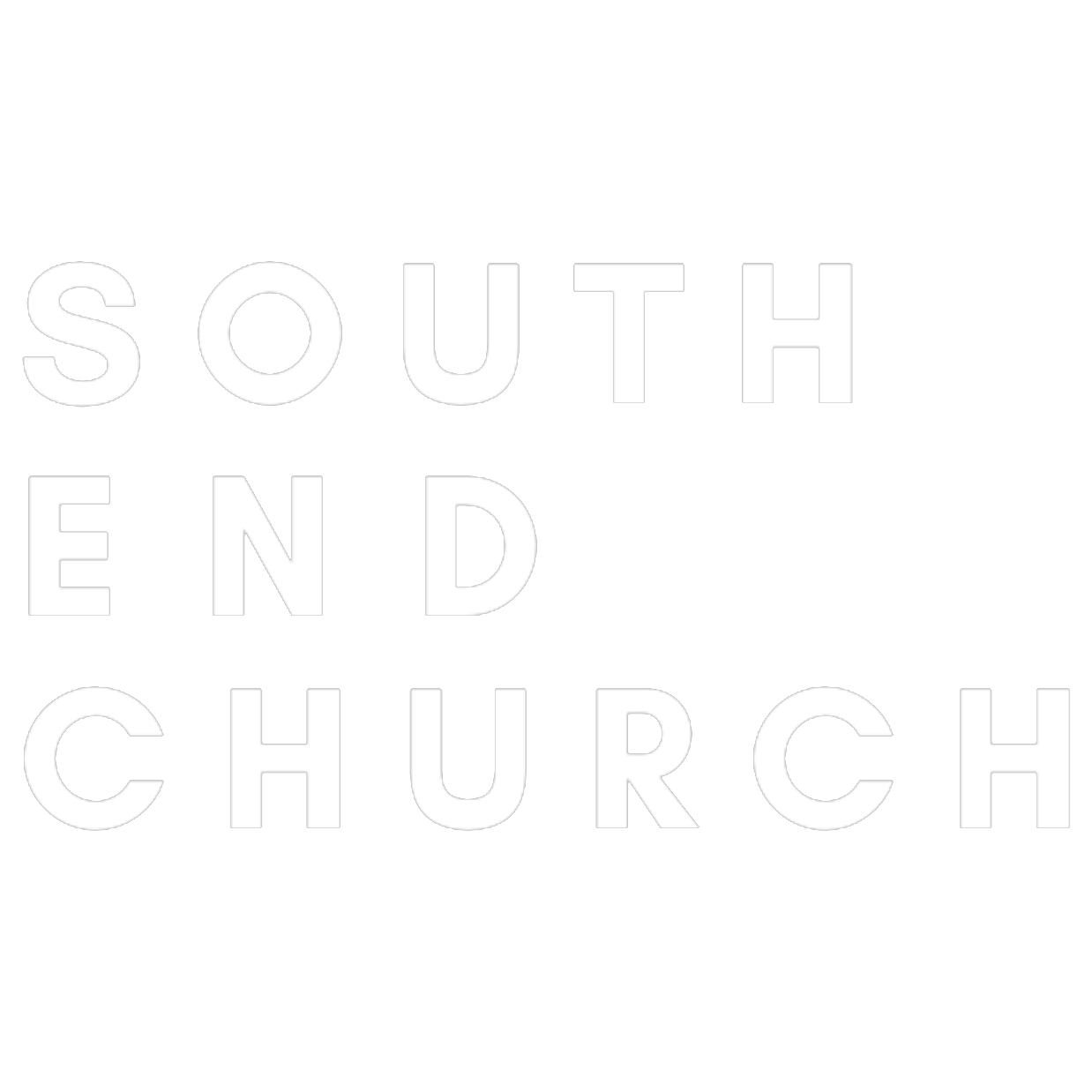
NEIGHBORHOOD :: SOUTH END
This very walkable neighborhood near the Back Bay and Downtown neighborhoods is characterized by medical centers, restaurants, the arts, historic churches, outdoor festivals and markets, shelters, and community gardens. As the neighborhood’s brick homes were built from the 1840’s to the 1880’s, other institutions followed, like the Boston City Hospital, Boston College, Gordon College, the Boston Latin & amp; English High School, the Cathedral and many other churches. Over the years some of these have moved to other communities, but the area remains the largest Victorian row-house district in the country.
Our neighborhood includes a diverse mix of people – Asian, Black, Latino, and White – both young and old, rich and poor. Most South End homes are renovated 19th Century brick row houses, although in recent decades, some larger apartment buildings have sprung up.
By the early 20th century many immigrants moved into the neighborhood from Nova Scotia, Ireland, Syria, Lebanon, the West Indies, and Eastern Europe. Also, many African Americans moved up from the South, joining those who had settled in the neighborhood after the Civil War. In the mid-20th century, the area was a rich and dynamic cultural community with many jazz clubs. Amidst the urban renewal movement of the 1960s & amp; 1970s, many South Enders became activists seeking a voice in the planning process. This community organizing led to the IBA and Tent City affordable housing developments. During this time, the leaders of Emmanuel Gospel Center, St. Stephen’s Church, and Pastor Ralph Kee of the South End Neighborhood Church were active in efforts for positive community change.
Especially in recent decades, the South End’s convenient location, historic buildings, and dynamic culture have attracted many new residents, including young professionals. Like Boston, a large percentage (35%) of the neighborhood residents are between 20 and 34 years old. The neighborhood composition is 13% Black , 14% Latino, 16% Asian and 54% White. Today the South End is experiencing a building boom which is adding several thousand new housing units, and a large biotech office complex.
Fifty years ago, the South End had Lebanese restaurants, a Syrian bakery, cheap lunch places for rooming house residents, Hispanic grocery and furniture stores, Soul food restaurants, store front churches, and the elevated Orange Line trains. Over time both residents and businesses have changed even though most of the buildings from the 19th Century are still here. Businesses today include a wide variety of restaurants, café bakeries, a Whole Foods Grocery store (a Syrian Grocery Store still exists), theaters, small gift shops, and art galleries. Some major church congregations have moved or closed, and new ones have started meeting in a variety of non-church buildings.
As many new residents continue to move into the neighborhood, there is a need for multi-cultural churches like the South End Neighborhood Church to provide Christian community serving and bridging the diverse population groups of the neighborhood.
Information provided by Rudy Mitchell, Senior Researcher at the Emmanuel Gospel Center and longtime member of South End Church.
